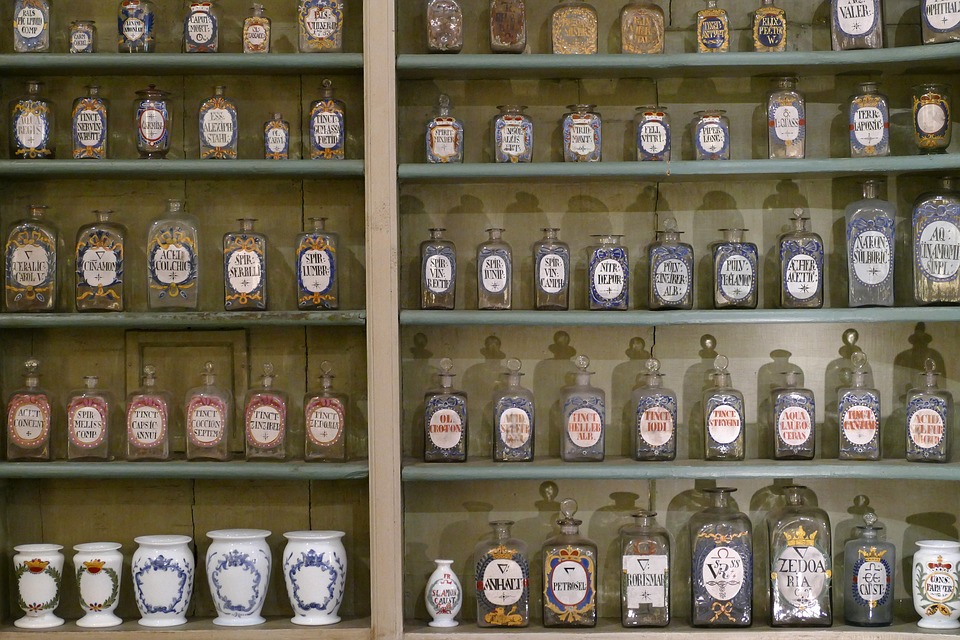Since the beginning of Spring term, we have had the opportunity to catalogue a range of historic surgical and medical items for Dr Claire Jones and the Centre for the History of Medicine, Ethics and Medical Humanities in the School of History.
The collection includes a range of historic books and approximately 200 surgical and medical instruments and tools. So far, we have focused on cataloguing books, including interesting titles about gynaecology, vaccinations as well as cardiology, mainly dating from the early twentieth century. Our work has required us to organise, clean, document and prepare the items for conservation, as well as provide accession numbers to add to the Collection catalogue.
Whilst cataloguing, we have come across a number of fascinating books. These include titles such as Gynaecology with Obstetrics by John. S Fairbairn, dating from 1924. We both found this book very interesting as it is especially pertinent to our current studies in our special subject module, ‘Sex, Health and Deviance in Britain since 1800’. We also enjoyed The Swollen Leg, by H. Daintree Johnson and Joseph Pflug from 1975, which included some gruesome photographs of the internal workings of the leg!
 In addition to the books themselves, we have also found it very interesting to discover multiple hand-written notes within different books, some dating from as early as 1921. Some of the notes are accompanied by hand-drawn diagrams relating to the text. These notes allowed us a personal insight into the reader’s understanding and practical application of the books’ contents, as the notes reiterate passages of instruction from the manuals. This perhaps indicates the pivotal importance of the books in the medical and surgical education of their reader.
In addition to the books themselves, we have also found it very interesting to discover multiple hand-written notes within different books, some dating from as early as 1921. Some of the notes are accompanied by hand-drawn diagrams relating to the text. These notes allowed us a personal insight into the reader’s understanding and practical application of the books’ contents, as the notes reiterate passages of instruction from the manuals. This perhaps indicates the pivotal importance of the books in the medical and surgical education of their reader.
As well as hand-written notes, some books contain contemporary ephemera relating to commercial medicine from throughout the twentieth century, with one book from 1924 containing an order form and advertisements for ‘Pontampon’ sanitary products. As well as this, a later book from the 1980s including a promotional bookmark from Allen and Hanbury’s Ltd., advertising their Becotide 100 steroid inhaler. These items allow insight into the contemporary commercial medicine on offer to the readership and add another dimension of historical interest to the texts.
Through working on this project, we have been able to improve our IT, communication and organisational skills, which will all be invaluable when we complete our undergraduate degrees in June of this year. More importantly, our work has greatly enhanced our cataloguing, conservation and general curation skills, which will be highly beneficial for our chosen career path into museums and the heritage sector.
After completing the collection of books, we are excited to move on and begin to catalogue a number of medical instruments, including a large number of obstetric forceps which again are related to our current studies in the history of gendered medicine and gynaecology. We are both very much enjoying the process and look forward to continuing this project and expanding the catalogue.
Rosie Vine, third year, BA History
Amy Woods, third year, BA History

